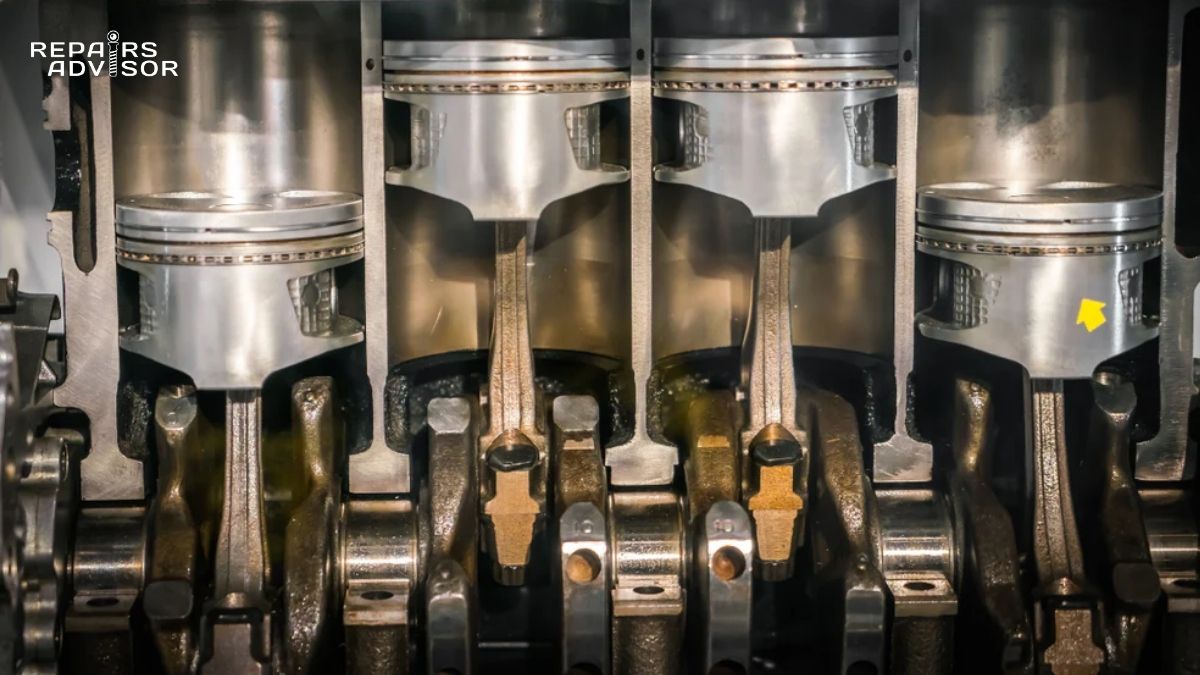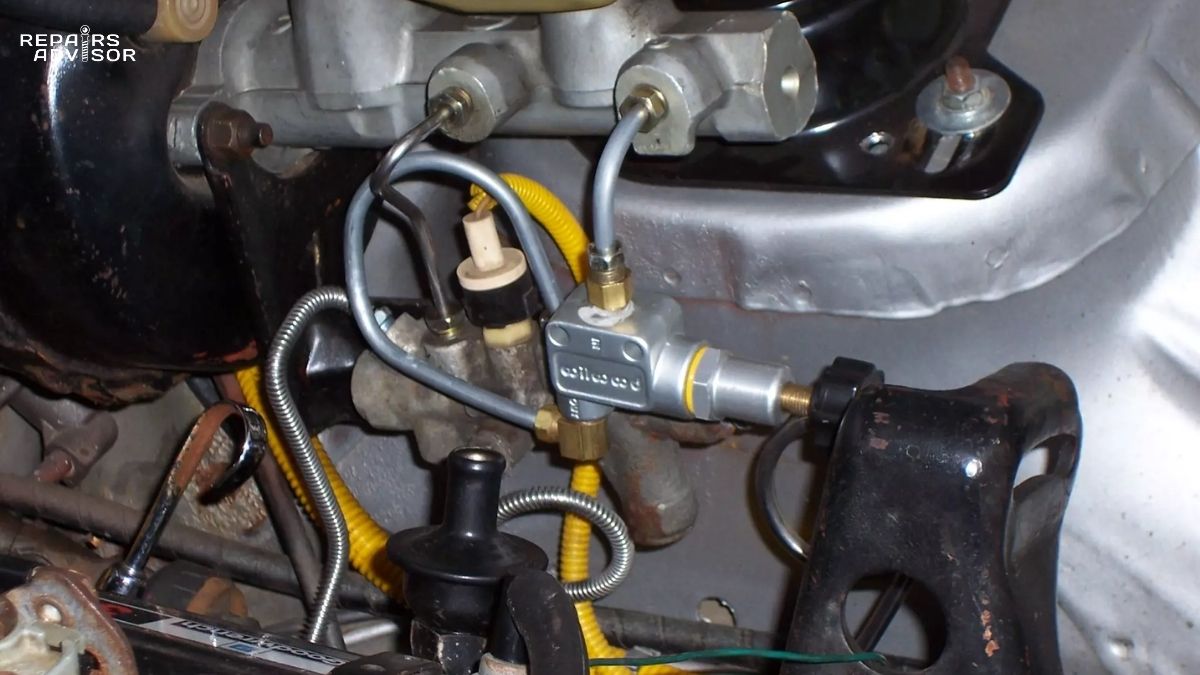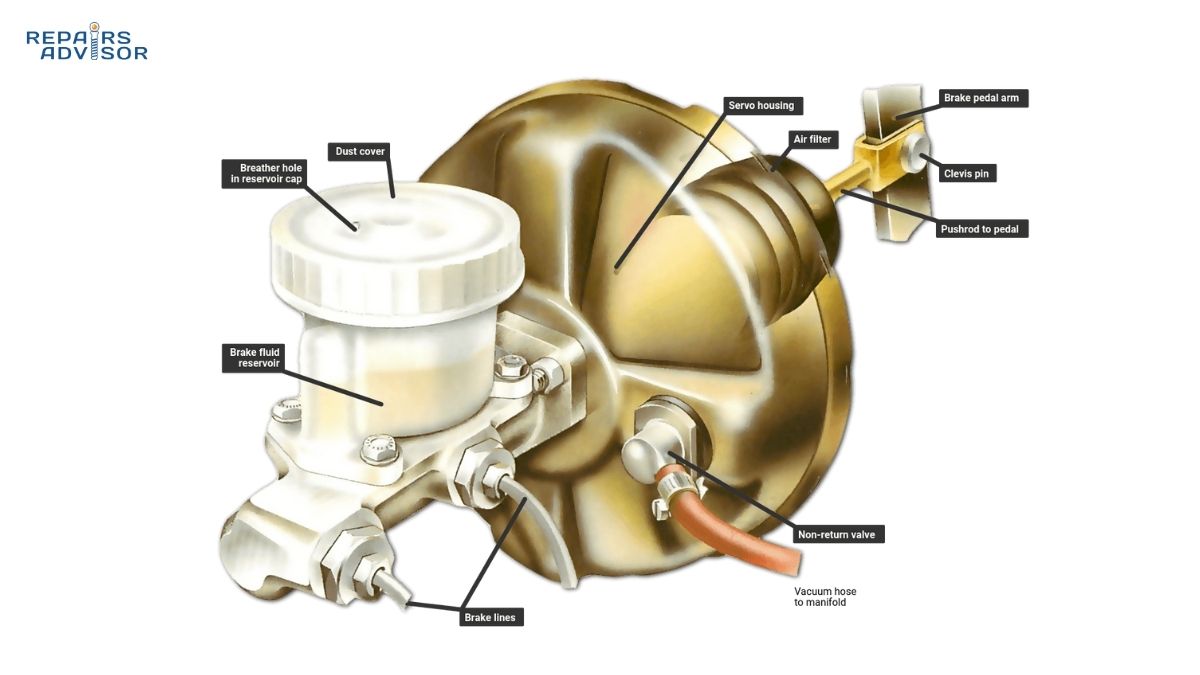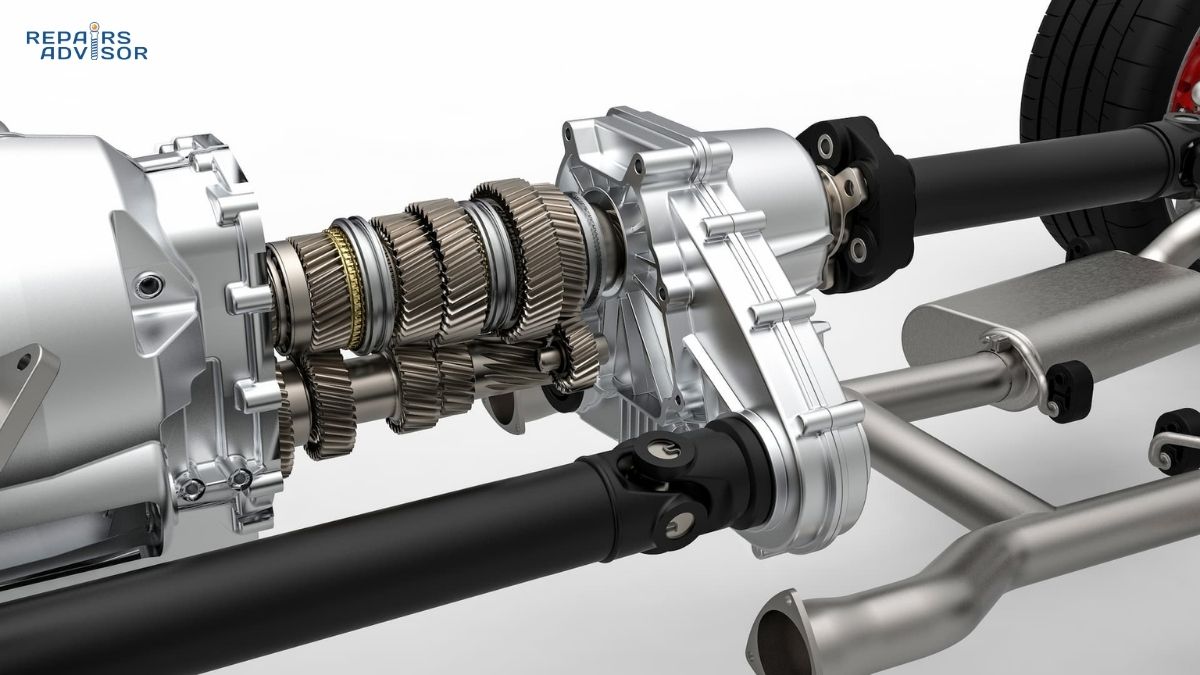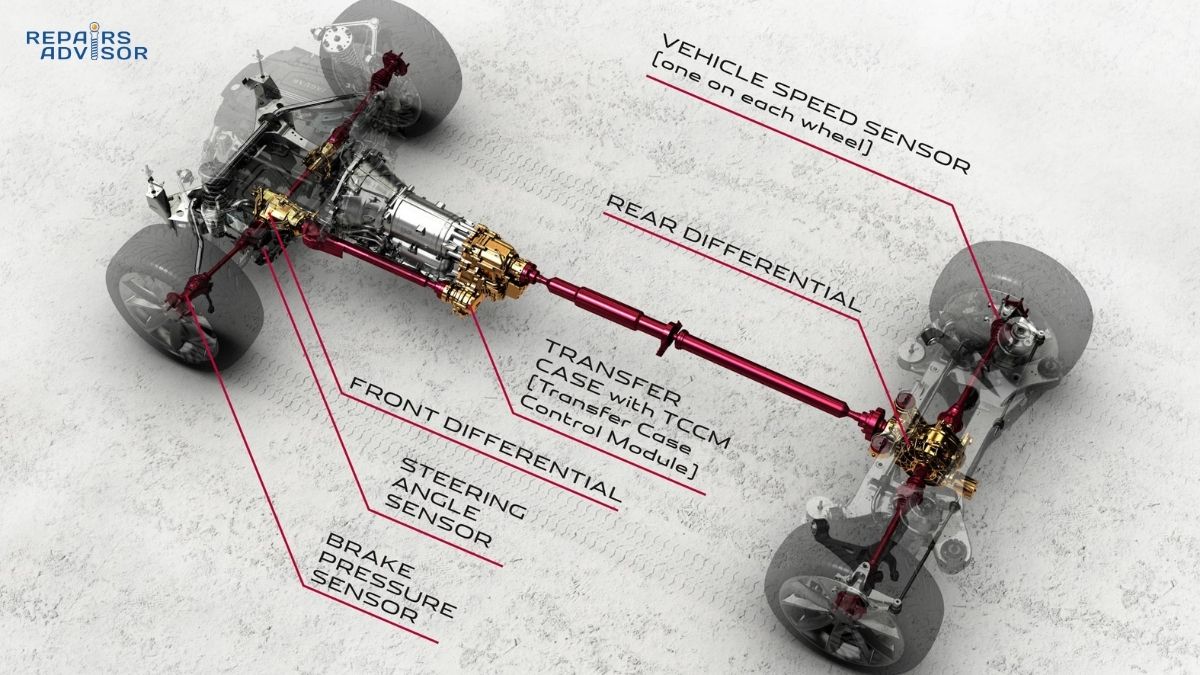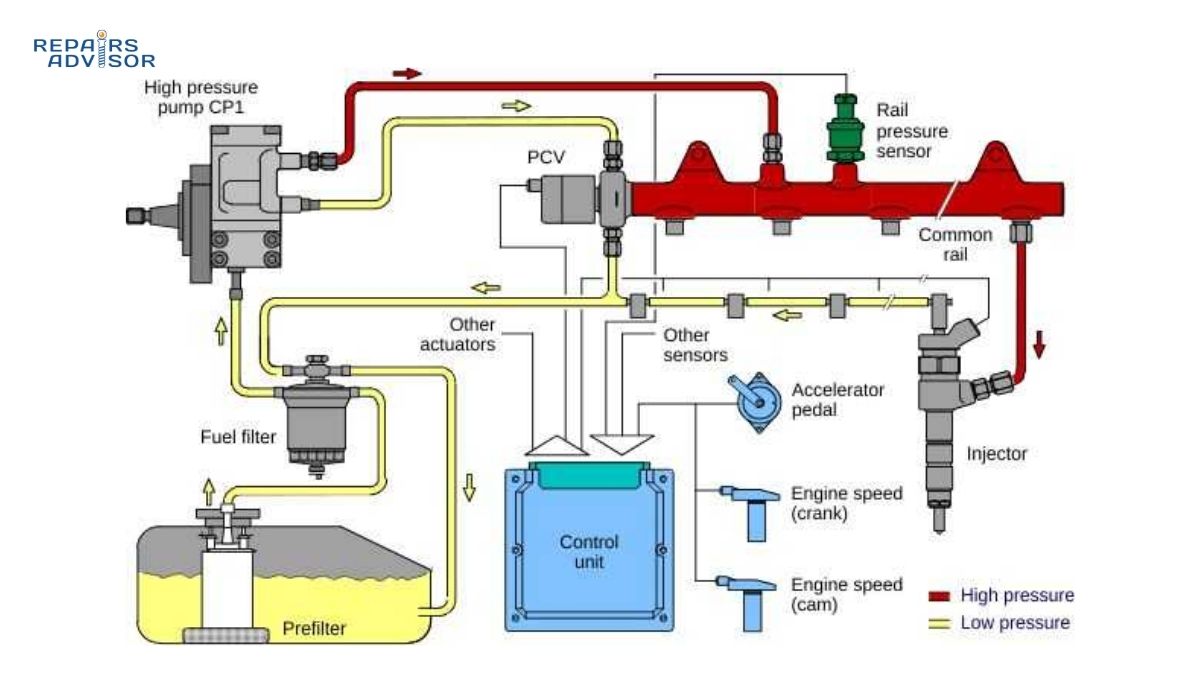Pistons are the fundamental workhorses of every internal combustion engine, converting the explosive force of combustion into the mechanical energy that powers your vehicle. These cylindrical components work in perfect harmony with connecting rods to transform linear motion into the rotational force that drives your wheels. Whether you’re troubleshooting engine performance issues or planning a rebuild, understanding how these critical components operate will help you make informed decisions about maintenance and repairs.
Quick Answer: Engine pistons move up and down inside cylinders, creating vacuum to draw in fuel-air mixture, compressing it, then using combustion pressure to generate power that’s transferred through connecting rods to rotate the crankshaft. This four-stroke process repeats thousands of times per minute to produce continuous power.
Safety Note: Working with engine internals requires proper tools, knowledge, and safety equipment. The combustion process generates extreme temperatures over 2,000°F and pressures that demand respect. Always consult manufacturer specifications and consider professional assistance for complex engine work.
Why Pistons and Connecting Rods Are Critical for Engine Performance
Pistons serve as the moving boundary within cylinders, converting the energy from fuel combustion into mechanical work. Without properly functioning pistons and connecting rods, your engine cannot generate power efficiently or reliably. These components must withstand incredible forces while maintaining precise tolerances for optimal performance.
The piston-connecting rod assembly faces unique challenges in modern engines. During operation, pistons endure extreme stress with temperatures reaching over 2,000°F during combustion. Additionally, connecting rods experience large repetitive forces including compression during downward motion and tension during upward motion, with forces proportional to engine RPM squared.
Performance Impact: Efficient piston operation directly affects:
- Power Output: Proper sealing maximizes combustion pressure utilization
- Fuel Economy: Reduced blow-by gases improve efficiency
- Engine Longevity: Proper heat transfer prevents component damage
- Emissions Control: Optimal combustion reduces harmful exhaust gases
System Integration: The connecting rod works with the crankshaft to convert reciprocating motion into rotation, while pistons coordinate with valves, ignition systems, and fuel injection for complete engine operation.
Failure Consequences: Connecting rod failure, often called “throwing a rod,” can force the broken component through the crankcase wall, rendering the engine irreparable. Similarly, piston ring wear leads to poor compression, oil burning, and reduced performance.
Piston and Connecting Rod Assembly Construction Explained
Understanding the construction of pistons and connecting rods reveals the engineering precision required for reliable engine operation. Each component is designed to handle specific stresses while working together as an integrated assembly.
Piston Crown Design Variations: The piston crown (head) design directly impacts compression ratio and combustion characteristics. Flat-top pistons provide even air-fuel distribution with compression ratios typically 8.5:1 to 10.5:1 for naturally aspirated engines. Domed pistons increase compression ratio by 0.5 to 1.5 points, improving power but requiring premium fuel to prevent detonation. Dished pistons reduce compression for forced induction applications, with dish volumes from 5cc to 25cc allowing boost pressures up to 20+ PSI safely.
Modern direct injection pistons feature specialized crown shapes with strategic bowl designs to optimize fuel spray patterns and combustion efficiency, often incorporating multiple relief areas for valve clearance and injection targeting.
Advanced Ring Pack Technology: Most automotive pistons feature three rings working in precise coordination. The top compression ring handles peak combustion pressures up to 1,500 PSI, often with barrel-face design for optimal oil film maintenance. The second ring provides backup sealing and features taper-face geometry for effective oil scraping during downstrokes.
The segmented oil control ring represents sophisticated engineering, consisting of two thin steel rails (0.2-0.4mm thick) separated by a corrugated spacer-expander spring. This design maintains optimal 0.0001-inch oil film thickness while allowing oil return through multiple slots or holes. Ring end gaps are precisely set: 0.004-0.006 inches per inch of bore diameter for compression rings, slightly tighter for oil rings.
Thermal Management Systems: Modern pistons incorporate advanced thermal management with cooling galleries cast into the crown area, allowing oil circulation for heat dissipation. Thermal barriers include ceramic crown coatings that reflect combustion heat back into the chamber, reducing piston temperatures by 100-200°F while improving thermal efficiency.
Heat transfer occurs through three primary paths: 65% through piston rings to cylinder walls, 25% through the connecting rod, and 10% through radiation. High-performance pistons may feature oil spray jets from connecting rods, directing cooling oil onto piston undersides at rates up to 2 liters per minute at high RPM.
Connecting Rod Assembly and Bearing Technology: A connecting rod consists of the big end (crankshaft connection), rod body (shank), and small end (piston connection). The small end houses a bronze or steel bushing for the gudgeon pin, while the big end employs sophisticated bearing technology.
Plain bearing systems dominate automotive applications, using bi-metal construction with steel backing and precision-cast bearing alloy (lead, copper, or aluminum-based). These bearings maintain oil clearances of 0.001-0.003 inches, providing hydrodynamic lubrication at operating speeds. Roller bearing systems, while less common, offer reduced friction but require more complex lubrication systems and typically appear in smaller, high-RPM applications.
Modern Manufacturing Innovations: Forged construction creates directional grain flow through controlled deformation, resulting in 30-40% stronger pistons compared to cast equivalents. Advanced 4032 aluminum alloy (12% silicon) provides tight thermal expansion characteristics, while 2618 alloy (low silicon) offers superior strength for forced induction applications despite requiring larger clearances.
Controlled fracture splitting technology produces connecting rod caps with perfectly matched bearing surfaces, eliminating traditional machining steps while improving strength and manufacturing consistency.
Cutting-Edge Technologies: Variable compression ratio systems (Nissan’s VC-T, Infiniti QX50) use multi-link connecting rod assemblies to alter compression ratios from 8:1 to 14:1 dynamically. Diamond-like carbon (DLC) coatings on piston skirts reduce friction by 15-25%, while titanium connecting rods in exotic applications reduce reciprocating mass by 40% compared to steel equivalents.
Ceramic-reinforced pistons incorporate aluminum oxide particles for increased wear resistance, particularly valuable in diesel applications with compression ratios exceeding 16:1.
For specific equipment applications, consult our engine manual collection or explore manufacturer-specific guidance on our equipment brand pages.
How Pistons and Connecting Rods Work: Step-by-Step Operation
The four-stroke engine cycle demonstrates the precise coordination between pistons and connecting rods to convert chemical energy into mechanical power. This process repeats thousands of times per minute in modern engines.
Step 1: Intake Stroke (Suction) As the piston moves downward inside the cylinder, it creates a vacuum that draws in a mixture of air and fuel from the intake manifold through the open intake valve. The connecting rod transfers this downward motion from the rotating crankshaft, with the piston acting as a moving boundary to create the necessary vacuum effect.
Step 2: Compression Stroke
The piston begins its upward journey during the compression stroke, compressing the air-fuel mixture trapped inside the cylinder, raising its temperature and pressure to make it more combustible. During compression, piston rings move upward and tend to scrape oil film inside the cylinder wall, reducing oil delivery to the combustion chamber.
Step 3: Power Stroke (Combustion) Once compressed, the spark plug ignites the mixture, creating an explosion that forces the piston down with tremendous force, with combustion gas pressure pushing the piston toward the crankshaft. Combustion pressure forces piston rings against cylinder walls for optimal sealing, with pressure approximately proportional to combustion gas pressure.
Step 4: Exhaust Stroke The piston moves upward again, pushing burnt exhaust gases out through the open exhaust valve, clearing the cylinder for the next cycle. The connecting rod facilitates this motion while managing the transition between power generation and exhaust evacuation.
Force Transfer and Motion Conversion: The connecting rod converts reciprocating piston motion into crankshaft rotation through a complex force triangle. During combustion, compressive forces up to 8,000 lbs push the piston down through the rod to the crankpin, while during exhaust stroke, tensile forces pull the piston upward. Maximum loads occur at 15° after top dead center when combustion pressure peaks.
Rod angularity creates side forces on pistons, with forces varying by connecting rod length-to-stroke ratio (L/R). Longer rods reduce angularity forces but increase engine height, while shorter rods create more side loading but enable compact engine packages. Typical automotive L/R ratios range from 1.4:1 to 1.8:1.
Advanced Ring Dynamics: During compression stroke, rings experience “ring flutter” at high RPM where inertial forces can break ring-to-groove contact. Modern low-tension rings reduce this effect while maintaining sealing, using advanced materials like PVD coatings and controlled surface textures.
Ring land clearances are critical: too tight (less than 0.002″) causes ring binding, while excessive clearance (over 0.006″) allows combustion gas pressure behind rings, reducing sealing effectiveness. The oil control ring maintains precise oil film thickness through spring tension typically 15-25 lbs per square inch of contact pressure.
Thermal Load Management: Combustion generates localized temperatures exceeding 2,500°F in the piston crown center, creating thermal gradients of 300-500°F across the piston diameter. Advanced thermal barrier coatings include yttria-stabilized zirconia (YSZ) applied 0.001-0.003″ thick, reducing heat rejection to cooling system by 15-20%.
Piston cooling galleries circulate oil at 2-4 gallons per minute per cylinder in high-performance applications, with oil temperatures reaching 250-300°F during operation. Piston cooling jets timing is controlled by crankshaft position, typically activating 60° before bottom dead center for maximum cooling effectiveness.
Performance Variables: The system adapts to different operating conditions including varying RPM, load demands, and temperature ranges. Forces on connecting rods are proportional to engine speed squared, requiring robust construction for high-performance applications.
For detailed troubleshooting engine performance issues or understanding engine management systems, refer to our comprehensive diagnostic guides.
Piston and Connecting Rod Location and Access Guide
Pistons and connecting rods are internal engine components requiring significant disassembly for access. Understanding their location and service requirements helps you plan maintenance and determine when professional assistance is necessary.
Primary Location and Assembly: Pistons are located inside engine cylinders, typically arranged in inline, V-configuration, or horizontally opposed layouts depending on engine design. The piston connects to the crankshaft through the connecting rod, with both ends of the rod free to pivot – the small end connects to the piston pin while the big end attaches around the crankshaft journal.
Visual Identification and Access Points:
- External Indicators: Engine block casting numbers, cylinder head configuration, and displacement markings help identify piston specifications
- Internal Access: Requires removal of cylinder head, oil pan, and often engine removal from vehicle
- Size and Appearance: Pistons are cylindrical metal components with piston rings that form an air-tight seal within the engine cylinder
Access Requirements and Safety: Essential Tools: Engine hoist, engine stand, ring compressor, torque wrench, micrometers, bearing pullers, and complete socket set. Safety Equipment: Safety glasses, gloves, proper lighting, and clean workspace are mandatory for internal engine work.
Service Complexity Levels:
- Beginner Level: External inspection only – checking for visible damage or unusual noises
- Intermediate Level: Top-end work with cylinder head removal for ring inspection
- Professional Level: Complete disassembly including crankshaft removal and precision measurements
Vehicle Configuration Considerations:
- Front-Wheel Drive: Often requires engine removal due to limited access space
- Rear-Wheel Drive: May allow in-vehicle service for some operations
- Transverse Engines: Typically need complete removal for piston access
- Hybrid/Electric Vehicles: Additional high-voltage safety procedures required
Professional Service Requirements: Engine work involving pistons requires specialized equipment and experience, with proper measurements critical for engine reliability. Professional machine shop services are often necessary for bore measurements, honing, and precision assembly work.
Safety Considerations for DIY Assessment: While complete piston service requires professional expertise, you can perform external diagnostics by listening for unusual noises, monitoring oil consumption, and checking exhaust smoke color. Blue smoke indicates oil burning, while knocking sounds may suggest piston or connecting rod issues.
For specific vehicle access procedures, consult manufacturer service manuals available through our automotive brand collections or contact professional technicians for complex internal engine work.
Important: Internal engine work requires specialized training and equipment. If you’re experiencing engine performance problems or suspect piston issues, professional diagnosis is recommended to prevent expensive damage. For technical support questions, visit our help center or contact support through our customer service portal.
This information is provided for educational reference only. Always consult manufacturer specifications and consider professional consultation for engine internal work. Repairs Advisor provides digital manuals and technical guidance – we do not perform direct repair services.
